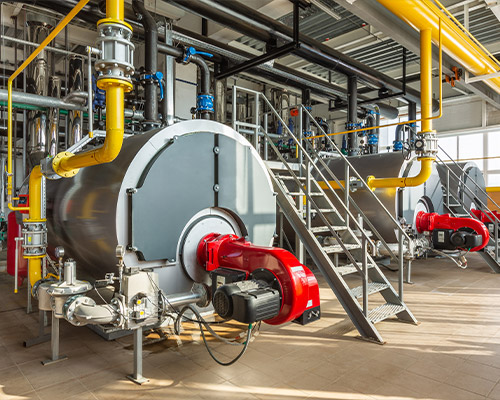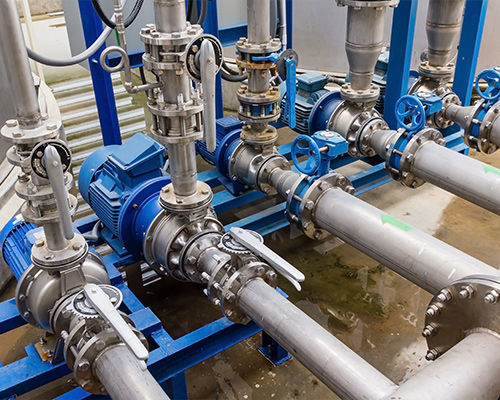NON-ELECTRICAL EQUIPMENT RISK ASSESSMENTS
NON-ELECTRICAL EQUIPMENT RISK ASSESSMENTS
NON-ELECTRICAL EQUIPMENT RISK ASSESSMENTS
The ATEX Equipment Directive 2014/34/EU gives constructional requirements for non-electrical equipment, and the ATEX Worker Protection Directive requires non-electrical equipment already installed to be assessed for its ignition capability.
Typical examples of existing non-electrical equipment that require risk assessment are solenoid valves, pumps, conveyor belts, elevators, gearboxes, brakes, etc.
Exeltech LTD completes the site audit, inspection work, and risk assessment report to ensure the client Duty holder meets his compliance duties in respect of non-electrical equipment.


The risk assessment process takes into account, nature of the zone that the equipment’s positioned in, the properties of the dangerous substance, the risk of ignition due to the type of non-electrical equipment and the guidance given in standards.
The equipment manufacturers’ technical specifications, drawings, operating information and any associated maintenance records (including records of any failures relating to the equipment concerned) are reviewed as part of the risk assessment.
Assessment of ‘uncertified’ and ‘certified’ mechanical equipment.
The risk assessment process takes into account, nature of the zone that the equipment’s positioned in, the properties of the dangerous substance, the risk of ignition due to the type of non-electrical equipment and the guidance given in standards.
The equipment manufacturers’ technical specifications, drawings, operating information and any associated maintenance records (including records of any failures relating to the equipment concerned) are reviewed as part of the risk assessment.
Assessment of ‘uncertified’ and ‘certified’ mechanical equipment.

All mechanical (non-electrical) equipment used in hazardous areas must be ‘risk assessed’ if it doesn’t have appropriate certification (for example, it may have been installed before the ATEX Directive required mechanical equipment to be certified). This Mechanical Ignition Risk Assessment can only be conducted by someone who has suitable training and experience and documented in the site technical verification dossier (EN/IEC 60079-14).
ISO 80079-36 Part 36: Non-electrical equipment for explosive atmospheres “Basic method and requirements
ISO 80079-37 Part 37: Non-electrical apparatus for explosive atmospheres “Non-electrical type of protection constructional safety, control of ignition source, liquid immersion.
All mechanical (non-electrical) equipment used in hazardous areas must be ‘risk assessed’ if it doesn’t have appropriate certification (for example, it may have been installed before the ATEX Directive required mechanical equipment to be certified). This Mechanical Ignition Risk Assessment can only be conducted by someone who has suitable training and experience and documented in the site technical verification dossier (EN/IEC 60079-14).
ISO 80079-36 Part 36: Non-electrical equipment for explosive atmospheres “Basic method and requirements
ISO 80079-37 Part 37: Non-electrical apparatus for explosive atmospheres “Non-electrical type of protection constructional safety, control of ignition source, liquid immersion.
Mechanical Ex Inspection Methodologies
Exeltech Ltd uses Thermal Image Cameras with a measurement range of -20OC to +600OC. This type of non-destructive measurement technology is unprecedented for preventative maintenance and checking plant and equipment against EN1127-1 for ignition temperature detection and detecting failures ‘before they happen’ (constructional safety).
Mechanical Ex Inspection Methodologies
Exeltech Ltd uses Thermal Image Cameras with a measurement range of -20OC to +600OC. This type of non-destructive measurement technology is unprecedented for preventative maintenance and checking plant and equipment against EN1127-1 for ignition temperature detection and detecting failures ‘before they happen’ (constructional safety).
